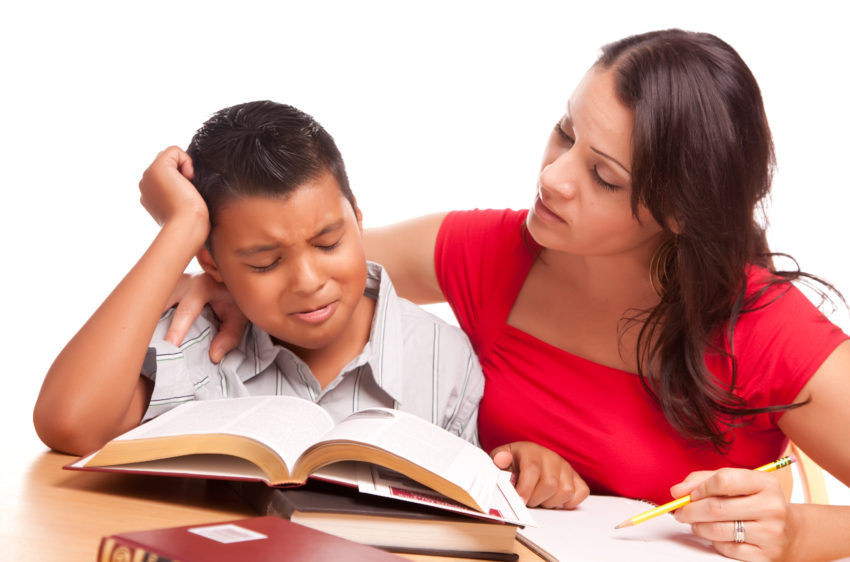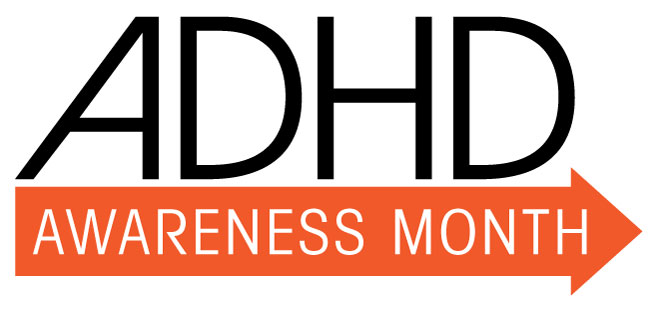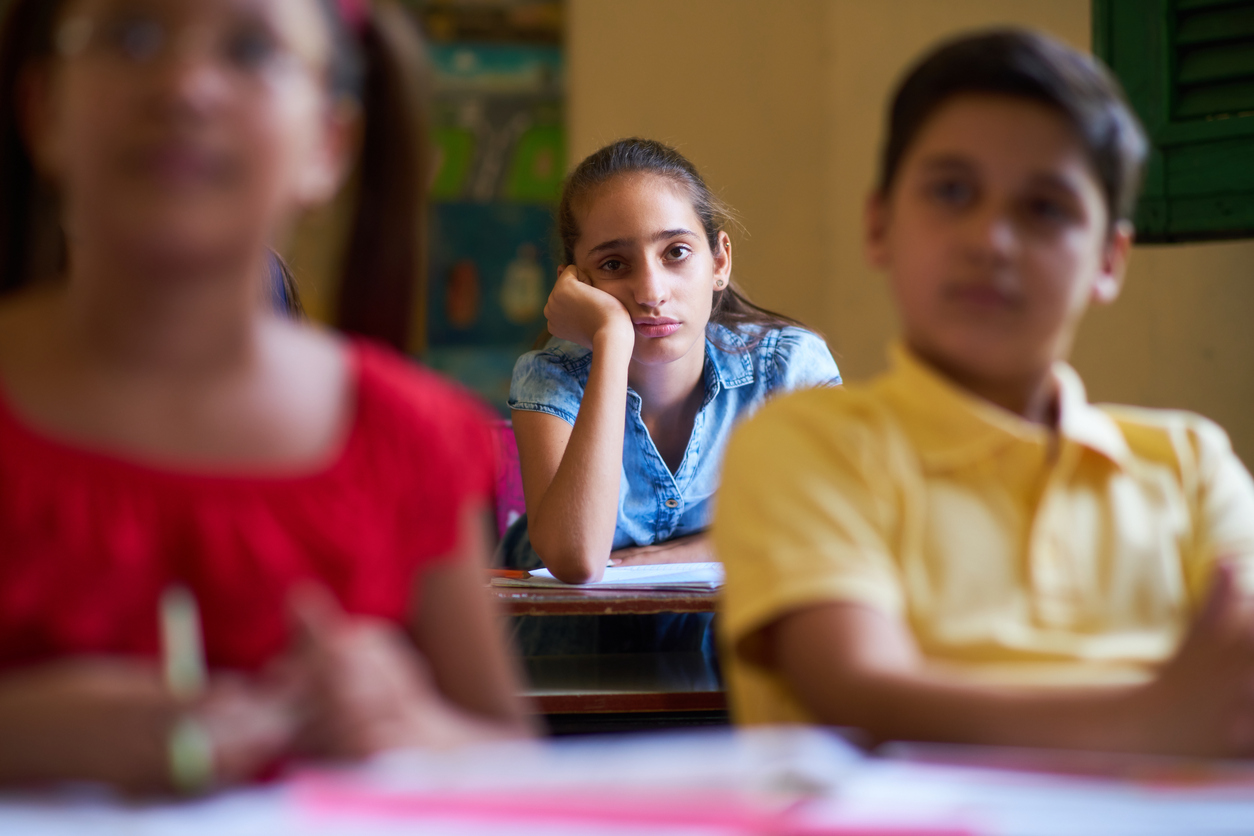
Share On Social!
More than 17 million U.S. kids and adults, including a rising number of Latinos, have Attention Deficit Hyperactivity Disorder (ADHD).
 So what exactly is ADHD? Who gets ADHD? How can you tell if your child has this mental condition?
So what exactly is ADHD? Who gets ADHD? How can you tell if your child has this mental condition?
How is it treated?
We at Salud America! are excited to share some answers during ADHD Awareness Month in October.
What is ADHD?
ADHD is a brain disorder characterized by developmentally inappropriate levels of inattention, impulsivity, and hyperactivity, according to the Children and Adults with Attention-Deficit/Hyperactivity Disorder (CHADD).
Yes, everybody can have difficulty sitting still or paying attention. We make rash, impulsive decisions on occasion.
But for others, these behaviors are so pervasive and persistent that they interfere with every aspect of their life—home, academic, social and work.
ADHD affects both children and adults.
More than 75% of children with ADHD continue to experience symptoms in adulthood. Furthermore, scientists have determined a strong genetic link since ADHD can run in families. It has three types:
- Inattentive
- Hyperactive-impulsive
- Combined inattentive & hyperactive-impulsive
Each of the three different presentations have their own respective symptoms.
Learn more about each of the different types here.
A Rise in ADHD in Latinos
 There was an 83% increase of Latino parents reporting ADHD in Latino youth from 2003-2011, according to a study in the The Journal of Clinical Psychiatry.
There was an 83% increase of Latino parents reporting ADHD in Latino youth from 2003-2011, according to a study in the The Journal of Clinical Psychiatry.
Researchers found that in 2011, an estimated 12% of U.S. kids ages 5-17 were diagnosed with ADHD.
“But what struck us the most were the increases among girls and Hispanic children,” said senior researcher Sean Cleary, professor of Epidemiology and Biostatistics at George Washington University.
Experts do not know why the increase in the prevalence of Latino parents reporting it more than ever.
Researchers believe it is because of how much effort of awareness has been made about ADHD and possibly a “cultural acceptance” of the disorder.
“It is possible that the increase among Hispanic children reflects a growing cultural acceptance of ADHD”, Cleary said.
ADHD Treatment

An exact cause for ADHD has not been identified.
There is a wide range of treatments such as behavior therapy, medications, or a combination of the two, that can help children, adolescents, and adults.
Treatment should be tailored to the unique needs of each child or adult.
Research from the NIMH Multimodal Treament Study showed significant improvement in behavior at home and school in children with ADHD who received monitored medication in combination with behavioral treatment.
In adulthood, medication continued to be helpful for adults who have ADHD. Some have even found that working with a coach has been an effective behavioral management technique. Learn more about becoming or finding a coach from the ADHD Coaches Organization!
Studies also find that ADHD symptoms can be reduced with healthier living habits, Salud America! reported.
Reducing screen time, drinking more water, and making time for exercise were all recommendations to reduce ADHD symptoms by lead study author Kathleen Holton of American University in Washington, via Pulse Headlines.
“Physical activity increases thirst, making water consumption more attractive. Physical activity can also offset screen time and can improve sleep,” Holton said. “Similarly, removal of caffeinated beverages prevents their diuretic effect, helps increase water consumption, and helps prevent sleep disturbance.”
October is ADHD Awareness Month
For ADHD Awareness Month in October, be sure to check out these resources on facts, screening, and resources:
And be sure to check this calendar to join ADHD awareness events near you!
By The Numbers
84
percent
of Latino parents support public funding for afterschool programs



